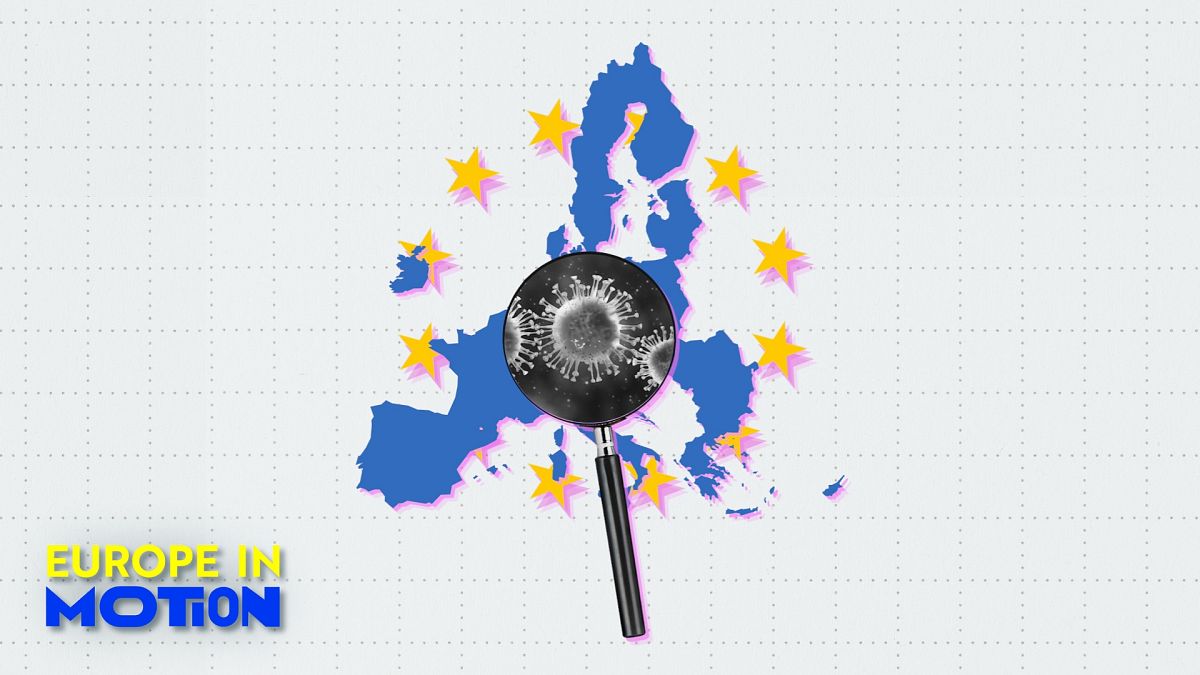Measles cases in Europe have seen almost a tenfold increase over the past year.
In March 2025, there were 1,097 reported cases, of which 809 were confirmed to be measles infections, according to the European Centre for Disease Prevention and Control (ECDC).
Romania recorded the highest number of measles cases in the EU, with 397 people with the disease.
This was followed by France with 161 reported confirmed cases, the Netherlands (95), and Italy (60).
On the other hand, at least nine EU countries did not report a single case of measles.
France was the only country reporting one death due to measles in March 2025.
In 2024, the European Union and the European Economic Area diagnosed more than 35,000 people with measles, and 23 people died of the disease.
More than a quarter of people diagnosed with measles in 2024 were over 14 years old.
Measles is among the world’s most infectious diseases and is spread by an airborne virus.
Typically, it infects the respiratory system and causes symptoms including fever, cough, runny nose and a rash.
In serious cases, measles can cause pneumonia, encephalitis, dehydration and blindness.
March 2024 recorded the peak with almost 3,967 cases between 2020 and 2025.
To prevent measles outbreaks and protect vulnerable populations, at least 95% of the population eligible for vaccination should receive two doses of the measles, mumps and rubella (MMR) vaccine.
Only Hungary, Malta, Slovakia and Portugal registered the necessary coverage of both doses.
The rest of the vaccination levels in Europe still fall short of this target.
“Every vaccine dose counts, and timing matters for optimal protection,” says Pamela Rendi-Wagner, director of ECDC.
Video editor • Mert Can Yilmaz
Read the full article here


